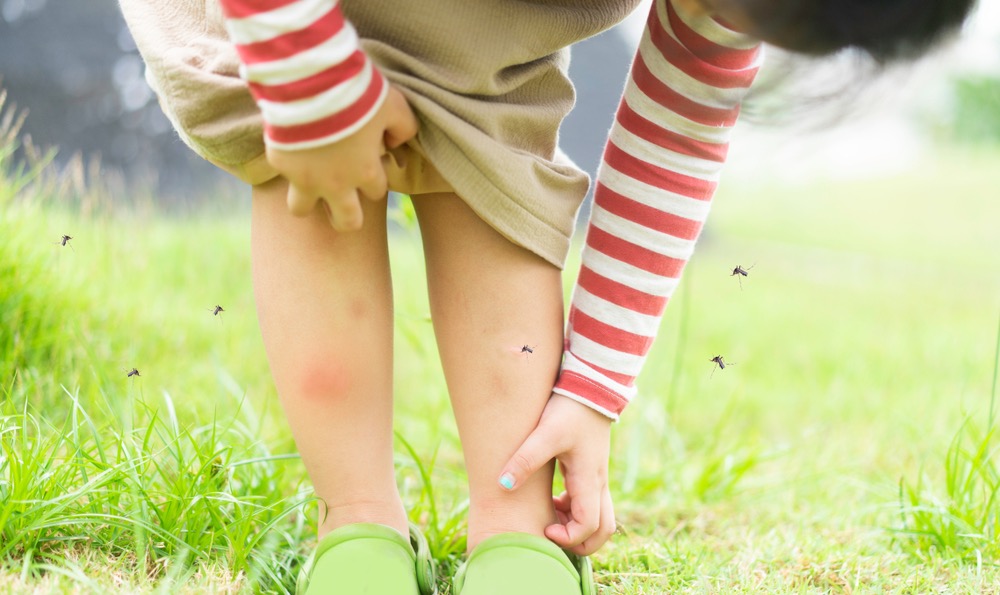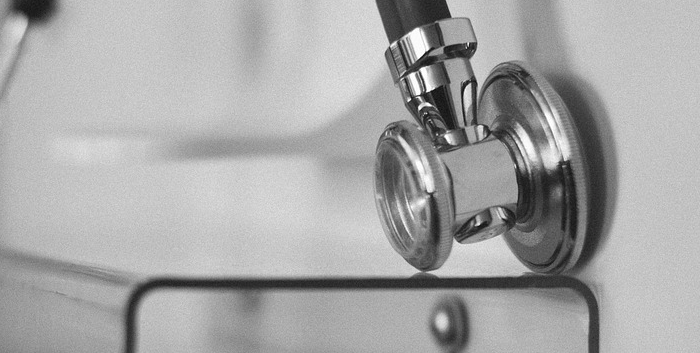When Should I See a Doctor for a Bite or Sting?

Typically, bug bites are just harmless annoyances. Stings can be painful, but are usually harmless. However, there are rare occasions when a trip to the doctor is necessary and it is important to know the signs.
You should go to the emergency room immediately if you get any of the following after a bite or sting.
- Swollen lips or tongue – If you notice that your child’s mouth is swollen following an insect bite or sting, this can be the beginning stages of a serious reaction and they should be seen immediately.
- Difficulty Breathing – If your child seems to have trouble breathing, especially after being bitten or stung, get to the hospital as quickly as possible.
- The sensation that their throat closing. This could be a sign of anaphylaxis, and should be treated as soon as possible, since it can be deadly.
- Chest Pain – Another symptom of a severe allergic reaction is tightness in the chest due to swelling. Children often communicate this as their chest hurting.
- Racing Heart – If you notice their heart has begun beating extra fast, do not wait to get them to the emergency room.
- Dizzy spells – If your child gets dizzy and you notice they have a bite, it’s important to get them treated immediately. This could be a sign of a venomous spider bite.
- Nausea – If your child seems nauseated or is throwing up following a bite, they may have been bitten by something venomous and should be seen to determine the cause as quickly as possible.
- Headache – Most people do not associate a headache with a bite or sting, but if you can correlate the two, your child may be having a toxic reaction.
- A “target” rash after a tick bite. This may be a sign of Lymes disease and can be treated with antibiotics.
- A fever with an angry red or black rash that spreads quickly. This might be Rocky Mountain Spotted Fever, a bacterial infection caused by ticks.




Leave a Comment